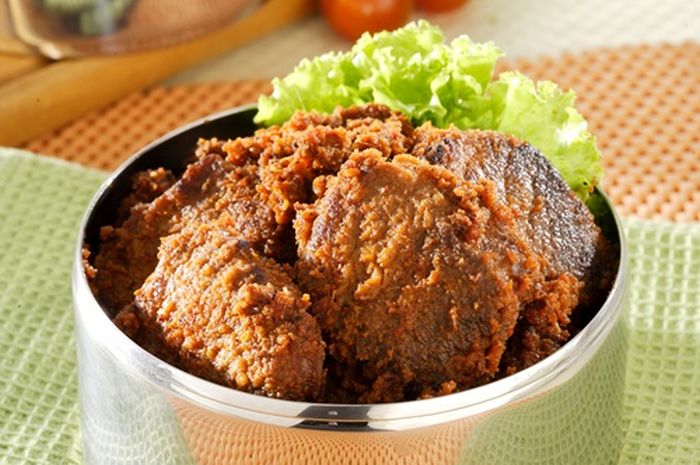
Kitchenesia.com - As a popular Padangnese and Malaysian dish, rendang becomes a dish that produce – besides the happy tummy – some confusions, especially about how the Padangnese one differs with the Malaysian one.
And if it does really matter to you to know the differences at all, well here they are...
There are actually little differences between them, which magically results in two distinctive products.
Kerisik, dried pan-toasted coconut, is used in Malaysian rendang to thicken the sauce faster.
Kerisik soaks the liquid in rendang sauce, reducing the liquid in rendang until it is almost dried while leaving the flaky and savory sauce.
Kerisik also gives different texture and nice-looking coating to the beef.
It creates unique look, almost like Javanese empal with thick sauce although rendang tok, a variation of Malaysian rendang, will still be cooked after that until it is dried.
On the other side, Padangnese omits the use of kerisik in their rendang.
Padangnese believe in the extra patience when it comes to cook authentic rendang, even involves stirring the rendang sauce from liquid and pale until dried and blackened.
The use of fresh coconut milk and the long hours of churning the rendang sauce without any thickening or drying agent will as well result in the clumpy, thick, and caramelized sauce.
Padangnese rendang tastes very savory and spicy as the result of mixing ground chili, shallot, garlic, lemongrass, turmeric, turmeric leaves, galangal, ginger, and other ingredients.
It is balanced by a little bit acidity from asam kandis, dried asam keping fruit.






